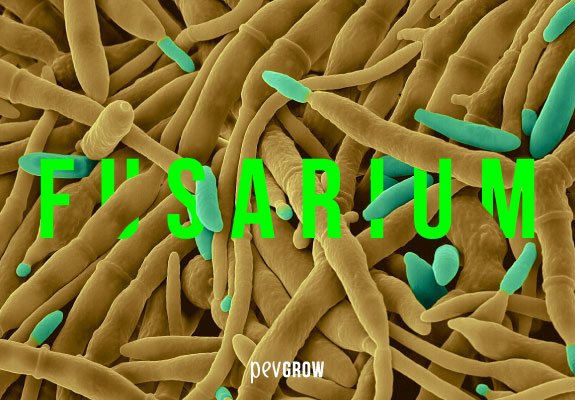

17-04-2020 10:00:14 - Updated: 17 April, 2020
Fusarium is one of the worst diseases that we can suffer while growing cannabis plants. This fungus can destroy your girls in a matter of days, and no one is safe because Fusarium spores are in the air waiting for the right conditions to develop.
It is best to try to identify it as soon as possible and, as always, better safe than sorry. In this article we are going to know in depth this great enemy of our favorite weed, how it is, its characteristics, the symptoms it produces, damages and photos. Have a seat, we’re going to start.
⭐ Definition. What is Fusarium ?
Fusarium is a kind of fungus that lives in the soil and has many different species. Its attack is known as Fusarium wilt, and can be lethal in many cases, so it is recommended to know how to recognize it and, especially, to prevent it. In outdoor and greenhouse cannabis crops its presence is very common, as well as indoors with lack of hygiene.
It is a filamentous fungal species of the Nectriaceae family, they are saprophytes, so they depend on other living things that parasite, feed on them, steal their energy and eventually die.
⛳ Fusarium species
There are more than 1000 different types, but they are divided into groups according to the way they attack. They are known as Vascular Wilt Fusarium, Root Rot Fusarium or Stem Cancer Fusarium.
The one that commonly attacks cannabis plants is Fusarium Oxysporum. It is responsible for vascular wilt, as it attacks the Xylem, the passage through which sap flows.
Another species of this fungus that can attack cannabis is the Fusarium Solani, but its attack is different, since it is responsible for the rot of the root.
There are some varieties that can also appear in cannabis crops, although their attack is much less common. These include F. Gramineum, F. Sulphureum, F. Sambucinum, F. Laeteritium, F. Avenaceum and F. Culmorum. These cause a condition known as “Stem Cancer”.
✨ Fusarium characteristics
Most species in the Fusarium gender are harmless, live in many different types of soil and do not cause problems. The first references to this fungus are from the Soviet Union in the 1930s because of a tragic infection in grain fields.
They create colonies that can be of many colors: yellowish, brownish, whitish, reddish, beige or pink among others. Some species create aerial mycelium and they are reproduced by spores called Macro and Microconidia.
Some types of Fusarium proved to have great destructive power on other crops, so the fungus quickly spread to other continents. In the 1950s it reached America, and later was even used by the US government to eradicate drug plantations.
It grows in hot and humid environments, so it usually appears in greenhouses and indoor crops, although it can also happens outdoors during summer.

👌 Fusarium symptoms
There are several visual signs that show a possible Fusarium infection, but the easiest ones to identify with the naked eye are fallen leaves on the plant as if it were not watered and withering of one or several branches, and even of the whole plant.
By the time we detect the problem it is too late, the fungus has penetrated the plant and the damage caused is irreversible. If it is an attack of the Solani species we will find the substrate wet and there will be nothing to do, because the plant won’t drink again, but if we observe the damage in one or several branches we can still do something, but we have to do it quickly.
📖 Fusarium treatment
If you visit your crop one day and find a plant that has one or more branches that look dead, cut them off as soon as possible. F. Oxysporum species attacks the Xylem and can dry out parts of the plant, it is difficult to get rid of the problem even by quickly removing the affected areas, but in cases where it’s close to harvesting, it can hold up. There is no fungicide for fusarium, so the best fungicide in this case is prevention.
Ways to prevent Fusarium and other fungi
- Best possible cleaning of the growing area
- Add Silicon, Trichoderma and/or Mycorrhiza to the substrate
- Alternate watering with oxygenated water
- Keep the substrate at a warm temperature
- Avoid over-fertilization
- Use natural fungicides in irrigation, such as propolis or horsetail
- Prune lower areas to maintain good aeration and avoid moisture spots
- Try not to match a relative humidity above 50% with a temperature above 80º F. (27º C.).
- Remove every leaf that falls on the substrate or on the ground to avoid decomposition
- Use new, sterilized and quality substrate
📲 Fusarium images
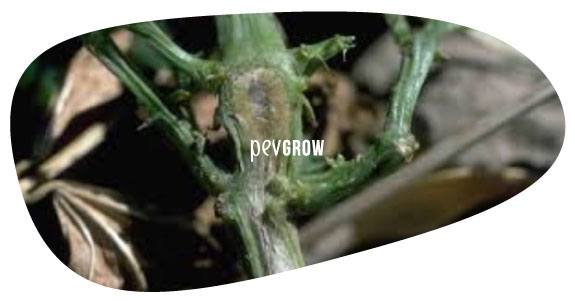
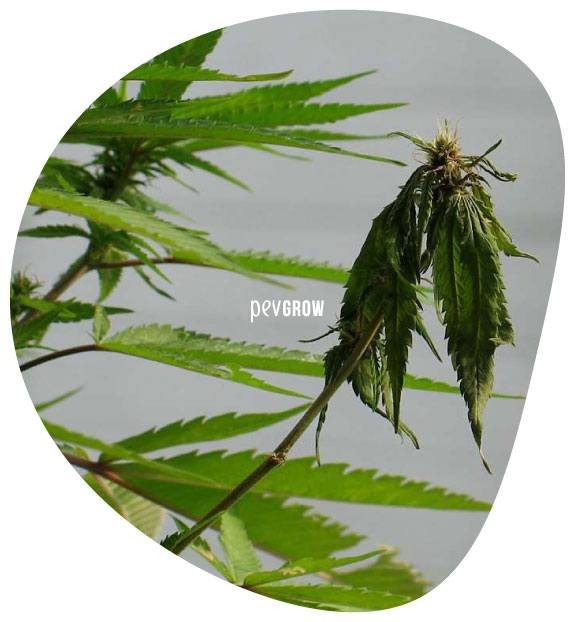
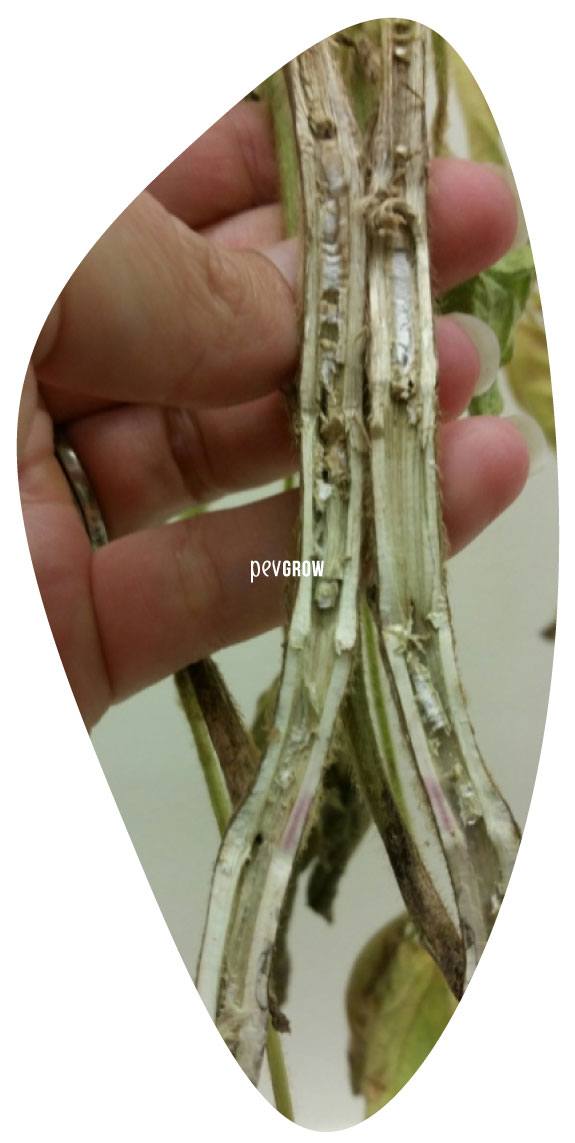
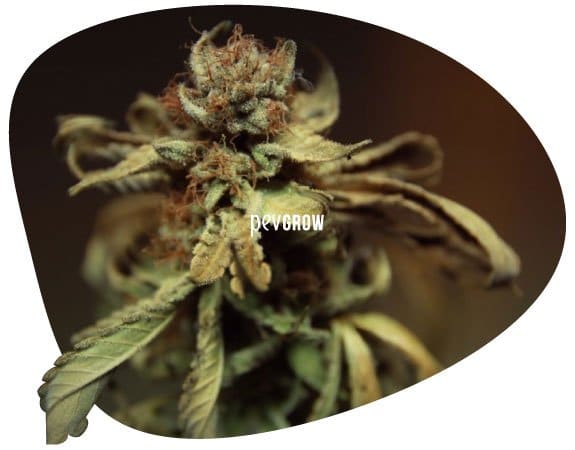
✅ Conclusion
Fusarium fungus is one of the worst enemies we can find in a cannabis crop. Given the difficulty in saving plants affected by their attack, we strongly recommend using preventive fungicides, beneficial micro life and keep our crop clean and with good environmental parameters. I hope you liked this article and, if so, I hope you share it and that you never find this pest in your weed.





